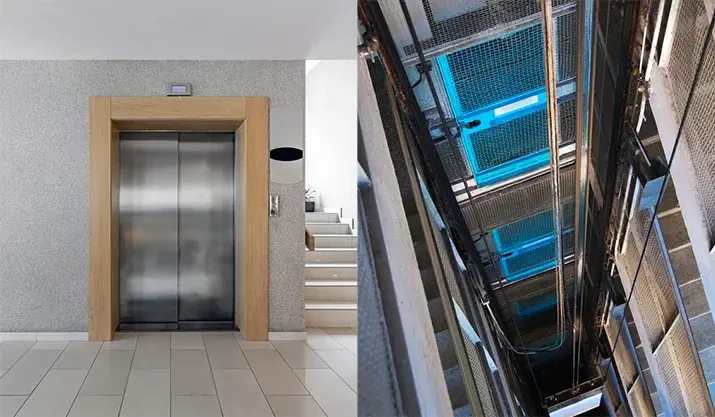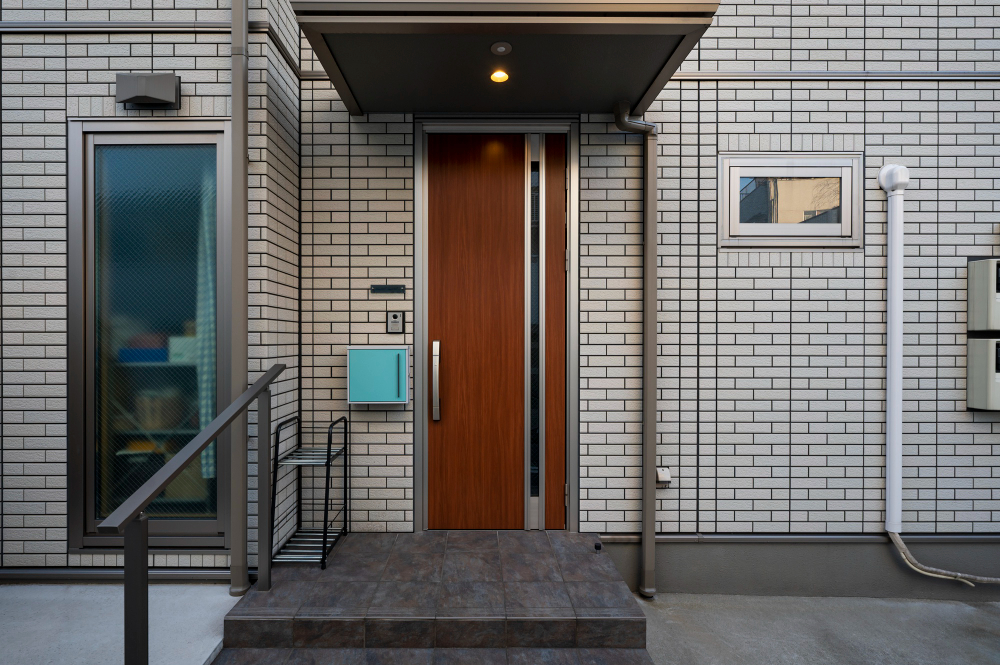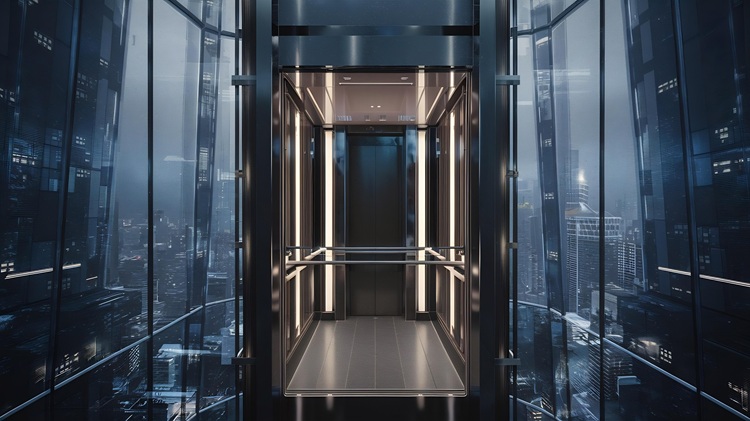Commercial And Residential Lifts: A Detailed Comparison
Post Date : Jun 16, 2023
Introduction
Residential lifts have emerged as a transformative addition to modern homes, revolutionizing the way people navigate their living spaces. These elevators provide convenient and accessible vertical transportation within residential buildings, offering numerous benefits to homeowners. On the other hand, Commercial lifts play a crucial role in modern business environments, revolutionizing vertical transportation and enhancing accessibility within commercial buildings. These elevators are specifically designed to meet the needs of high-traffic areas, providing efficient and reliable transportation for employees, clients, and visitors.
Types of Commercial Lifts & Residential Lifts
Commercial lifts come in various types, each designed to cater to specific requirements and conditions within commercial buildings. The choice of Commercial lift depends on factors such as the purpose of transportation, weight capacity requirements, the nature of the commercial building, and specific industry needs. It is important to consult with elevator manufacturers or professionals to determine the most suitable type of elevator for a particular commercial application. Here are some common types of commercial elevators:
- Passenger Elevators: They are designed to transport people between different floors efficiently and safely. Passenger elevators typically have a higher weight capacity and can accommodate multiple passengers.
- Freight Elevators: Freight elevators are specifically designed for transporting heavy goods, equipment, or vehicles within commercial buildings. These elevators also have a larger weight capacity and are equipped with robust construction to withstand the demands of heavy-duty transportation.
- Service Elevators: Service elevators are similar to freight elevators. They are commonly found in hotels, hospitals, and office buildings. Service elevators may have specific features such as separate access for staff, and designated floors for service purposes.
- Dumbwaiters: Dumbwaiters are small elevators used for transporting lightweight items levels within a building.
- Hospital/Clinic Lifts: These elevators are designed to accommodate stretchers, medical equipment, and wheelchair users.
- Car Elevators: Car elevators provide a convenient solution for vertical transportation of vehicles, optimizing parking space and improving access to different levels.
On the other hand residential lifts come in different types to suit various home layouts, space constraints, and personal preferences. Here are some common types of residential lifts:
- Stairlifts: Stairlifts are a type of residential lifts designed for individuals with mobility challenges who have difficulty navigating stairs.
- Pneumatic (Vacuum) Elevators: Pneumatic elevators are often chosen for their futuristic design, as the transparent tube allows passengers to enjoy panoramic views. They are typically compact and suitable for homes with space limitations, serving one or two floors.
- Wheelchair Platform Lifts: Wheelchair platform lifts, also known as vertical platform lifts or home lifts, are designed specifically for individuals using wheelchairs or mobility scooters.
- Machine Room-less (MRL) Elevators: Machine room-less elevators are a compact and space-saving option for residential applications.
- Traction (Cable-Driven) Elevators: They are commonly found in high-rise buildings but can also be installed in larger homes. Traction elevators offer a smooth ride, high energy efficiency, and a wide range of customization options.
Difference Between Commerical Lifts & Residential Lifts
Safety Features
While both commercial and residential lifts prioritize passenger safety, there are some differences in the safety features based on the specific requirements and usage patterns of each type of elevator. The safety features of commercial elevators are designed to handle the demands of higher weight capacities, including stronger construction materials and components. Commercial lifts typically undergo more stringent maintenance and monitoring procedures due to the higher frequency of usage. While both commercial and residential lifts may include accessibility features, commercial lifts often have additional provisions to comply with accessibility codes and standards. These features may include larger elevator car dimensions, tactile buttons, audible signals, and visual indicators for passengers with disabilities. Commercial lifts often employ sophisticated traffic management systems to optimize elevator operation in high-traffic environments. Other features such as door interlocks, emergency stop buttons, emergency communication systems, overload sensors, safety breaks and backup power systems are present in both residential and commercial lifts.
Maintenance And Life Span
Maintenance of both commercial and residential lifts is essential to ensure their safe and reliable operation. Regular maintenance helps identify and address potential issues before they become major problems, reduces the risk of breakdowns, and extends the lifespan of the elevator. Scheduling regular maintenance tasks is required for both commercial and residential lifts such as lubrication of moving parts, inspection and adjustment of safety devices, examination of electrical systems, and cleaning of elevator components. With proactive maintenance and prompt repairs, both elevators will last you anywhere between 20-25 years.
Cost Analysis
The cost analysis of residential and commercial lifts can vary significantly based on various factors such as elevator type, size, capacity, customization options, installation requirements, and local market conditions. The type of residential lift chosen, such as hydraulic, traction, machine room-less (MRL), or pneumatic, can impact the overall cost. Pneumatic elevators, for example, tend to be more expensive due to their unique design and features.
Load Capacities
Commercial lifts are designed to accommodate higher passenger loads and the transportation of heavy goods or equipment. A passenger commercial lift can carry up to 2700 Kg of weight while a freight/service lift can carry a maximum of 9072 Kg of weight. Whereas residential lifts are designed to accommodate the transportation needs of individuals and families within a home setting.
Conclusion
Commercial lifts are designed for high traffic, heavy loads, and specific commercial building requirements. They prioritize functionality, durability, and safety features to accommodate a larger number of passengers. Residential lifts, on the other hand, are customized for personal use within homes, focusing on convenience, aesthetics, and accessibility for homeowners. They have smaller load capacities and fewer safety features but offer customization options to match the residential environment. We at Polo Elevators offer a great range of both commercial and residential lifts. Our elevators can be customized according to the need of our consumers.






